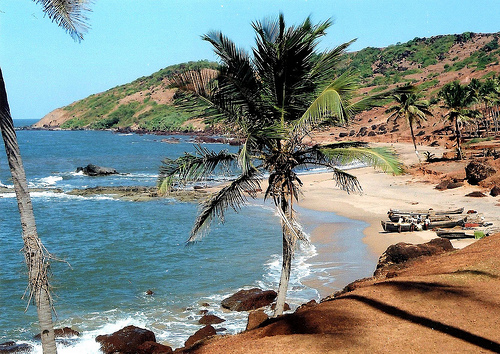Panaji Travel Guide:

Introduction
Panaji is the capital of the Indian state of Goa. It lies on the banks of the Mandovi estuary, in the district of North Goa. With a population of 65,000 in the city and approximately 100,000 in the metropolitan area, Panaji is Goa's third largest city after Vasco da Gama and Margao.
Panaji means “Land that never floods”. Panaji is the capital of Goa and headquarters of North Goa District, located on the left bank of the Mandovi River, piled up against terraced hills, a jumble of concrete buildings with whimsical balconies and red-tiled roofs, bleached clean churches and a riverside promenade, with red-roofed houses built in Latin style. It also has modern houses, well laid gardens, statues and avenues lined with gulmohar, acacia and other trees. The Baroque church on the main square, pretty villas, cobbled streets and interesting buildings give Panaji a Portuguese ambience.
Climate
Panaji features a tropical monsoon climate. The climate in Panaji is hot in summer and equable in winter. During summers (from March to May) the temperature reaches up to 32°C and in winters (from December to February) it is usually between 28°C and 20°C.
The monsoon period is from June to September with heavy rainfall and gusty winds. The annual average rainfall is 2932 mm (115.5 inches).